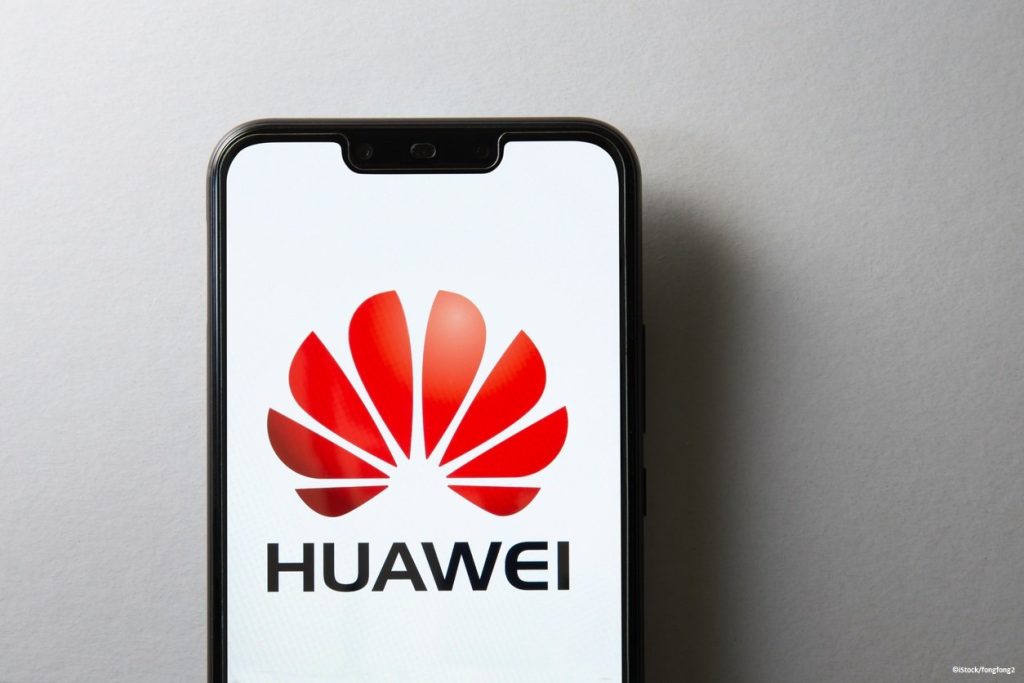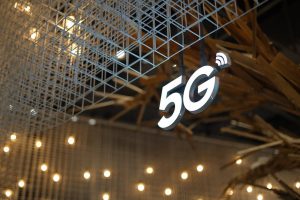Huawei Unveils Kirin 9020: A Strategic Leap in 5G and Semiconductors

Malaysia, Kuala Lumpur - May 29, 2019: Huawei logo on screen of Huawei Nova 3i. Huawei Technologies Co., Ltd. is a Chinese multinational networking and telecommunications equipment and services
Huawei’s Technological Comeback: Introduction of the Kirin 9020
After years of operating under a shroud of secrecy, Huawei has emerged with a new technological breakthrough—the Kirin 9020 system-on-a-chip. Revealed during the launch of the Pura 80 series, this development signifies a clear departure from Huawei’s former policies of concealing chip specifications. With the backdrop of sanctions from the US, Huawei’s unveiling of its latest chip signals both a milestone in its efforts toward technological autonomy and its renewed ambition in the competitive 5G smartphone market.
Strategic Implications of Huawei’s Chip Development
The move to disclose Huawei chip specifications represents a calculated decision, aligning with the company’s broader confidence in its silicon development capabilities. Industry analysts note that this transparency is not only a technical achievement but also a shift in market strategy. Long dominated by teardown analyses and third-party speculations, Huawei is now demonstrating its prowess openly. By prioritizing the development of domestic supply chains, Huawei partners with China’s Semiconductor Manufacturing International Corporation (SMIC), the largest chipmaker in China, to manufacture the Kirin 9020 using advanced 7-nanometer technology. This collaboration highlights China’s growing competence in creating alternatives to Western suppliers amid tightening restrictions.
Evolution Beyond Hardware: HarmonyOS and Software Innovation
While Huawei’s advances in chip technology are a centerpiece of its strategy, its success extends to operating systems as well. The proprietary HarmonyOS, developed as an alternative to Google’s Android and Apple’s iOS, has become a cornerstone of Huawei’s push for independence. Chairman of Huawei’s Consumer Business Group, Richard Yu Chengdong, emphasized the effort involved, stating that over 10,000 developers annually worked on this platform with an investment exceeding tens of billions of yuan over six years. By July 2025, over 10 million devices were reported to be running HarmonyOS 5. This dual focus on hardware and software exemplifies a vertically integrated ecosystem designed to minimize reliance on external technology and fortify Huawei’s global competitiveness.
Market Performance and the Road Ahead
Huawei’s strategic investments are yielding tangible results. According to IDC research, Huawei became the top smartphone vendor in China’s market during the second quarter of 2025, boasting an 18.1% market share. The combination of robust hardware like the Kirin 9020 and innovative platforms like HarmonyOS underpins this resurgence. However, challenges remain, as Huawei continues to lag behind the cutting-edge 3-nanometer processes utilized by competitors like Apple and Samsung. Nonetheless, the incremental improvement shown in its chip designs reflects steady progress in attaining technological independence.
The Broader Impact on China’s Semiconductor Strategy
Huawei’s shift from secrecy to transparency could be a game-changer for the Chinese technology ecosystem. This strategy is likely to inspire other domestic firms to capitalize on showcasing their technological advancements. While the Kirin 9020 is a step forward, it also underscores the ongoing challenges Huawei faces in accessing the most advanced semiconductor technology globally. However, the collaboration between Huawei and SMIC illuminates a path for Chinese firms seeking to bolster domestic innovation and defy external restrictions. The company’s advancements may usher in a new era for China’s semiconductor prowess, marking a significant evolution in the nation’s long-term technology strategy.



